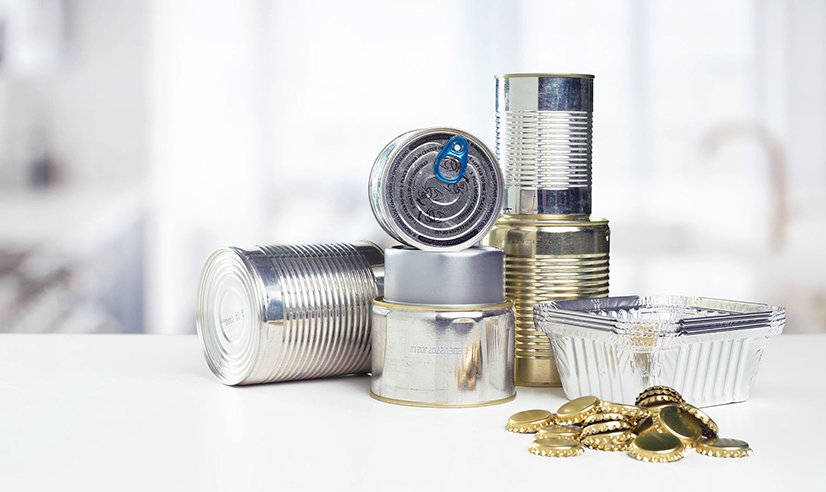Research data on metal used in packaging

Mepak-Kierrätys Oy, a Finnish producer organisation for metal packaging, and VTT Technical Research Centre of Finland have carried out a study on the composition of metal waste collected from consumers in Finland. Samples were collected from Rinki eco take-back points and collection points at residential buildings across Finland.
The study assessed the relative volumes of metal used in packaging, small metal objects and deposit beverage cans, as well as the amount of incorrectly sorted waste, i.e. rejects, that are put into metal collection.
The study provided verified data about the quality of waste that consumers take to metal collections, and the results will make the statistics on metal packaging more reliable.
Into metal collection ends up 41% metal used in packaging and 46% small metal objects, while the proportion of rejects is 13%. Metal packaging consists mainly of metal (97%) and the remaining 3% is other materials such as paper from labels (1.9%), biowaste (0.5%) and plastic, such as plastic neck rings (0.1%). Small metal objects were collected more from Rinki eco take-back points than from residential buildings.
Electrical waste and hazardous waste should not go into metal collection
The study found that the proportion of incorrectly sorted waste was about the same at Rinki eco take-back points and residential buildings, i.e. around 12-13% of all metal waste. By far the largest proportion of rejects in the metal waste collected from consumers consisted of mainly large but also smaller pieces of waste electrical and electronic equipment.
A significant number of unemptied aerosol cans were found. According to the sorting guidelines, once these cans are empty, they should go into metal collection, but when they are full or partially full, it is vital that they go to hazardous waste collection.
Aerosol packaging can pose a significant risk in collection containers as they can explode or cause a fire.
By far the largest proportion of rejects in the metal waste collected from consumers consisted of pieces of waste electrical and electronic equipment.
“Consumers must be continuously reminded that there is separate collection for electrical waste and electronic equipment and hazardous waste in Finland,” says Satu Estakari, Managing Director of Mepak-Kierrätys Oy.
Metal collections for consumers accept metal packaging and small metal items from households, such as pots, frying pans, screws and nails.
The study was commissioned by Mepak-Kierrätys Oy and it was carried out in cooperation with Suomen Palautuspakkaus Oy (Palpa), Suomen Kiertovoima KIVO, Finnish Packaging Recycling RINKI and Pirkanmaa ELY Centre.